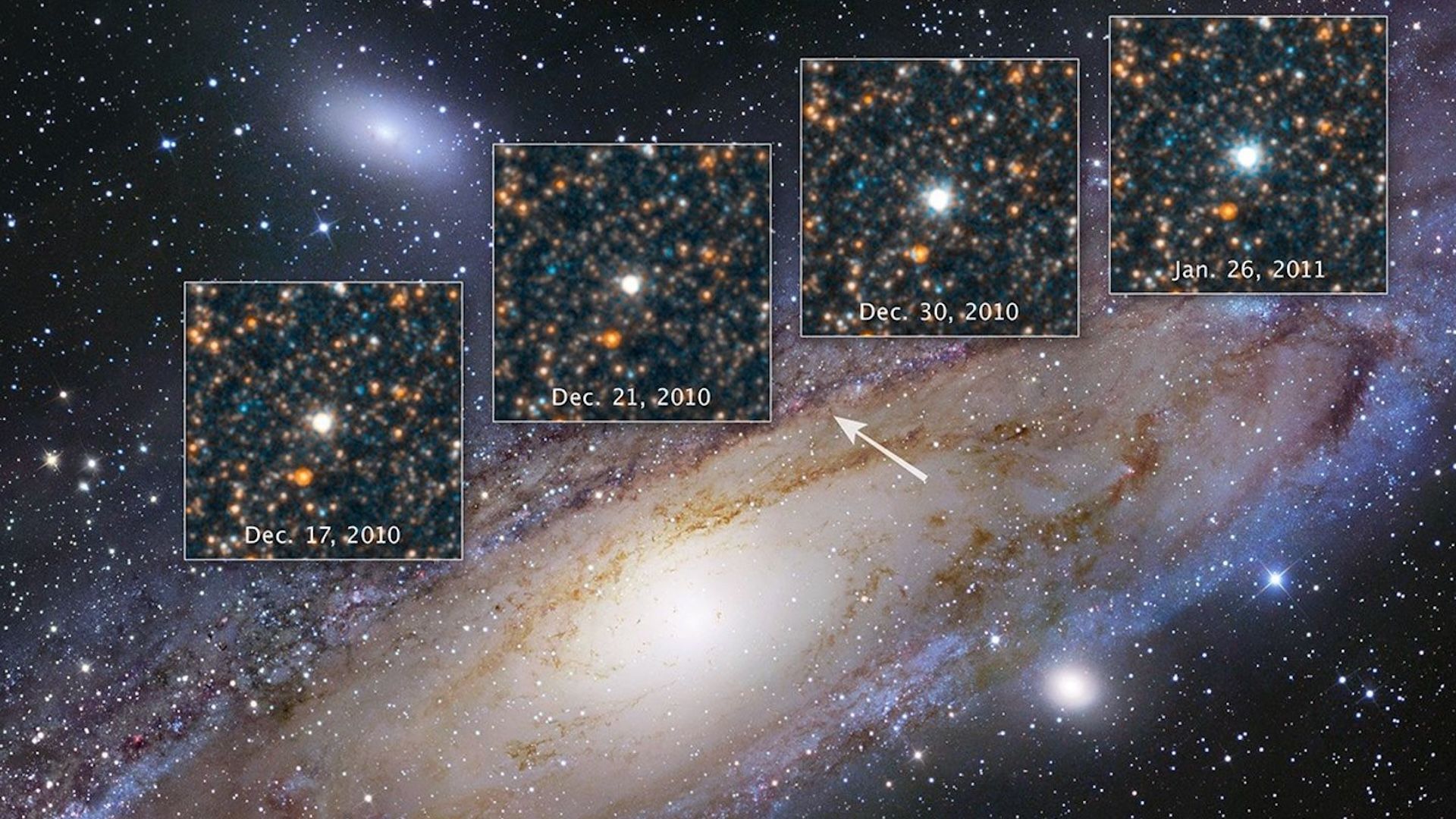On October 4, 2025 at the mean local solar time of 21:33:39 on Mars, the Right Navigation Camera (Navcam) onboard NASA’s Mars Perseverance rover took an image (posted online by NASA here and here) of the interstellar object 3I/ATLAS in the Martian sky. At that time, 3I/ATLAS was at a distance of about 38 million kilometers from Mars.
The image shows an elongated stripe which is about 4 times longer than it is wide. This stripe raised questions on social media as to whether 3I/ATLAS is a large cylindrical object. I was asked for my opinion about this puzzling image by Rep. Anna Paulina Luna and so I immediately worked out the following numbers.
The Navcam on the Perseverance rover has sensitivity to visible light with an angular resolution of 0.33 milli-radian (or equivalently 68 arcseconds) per pixel, as detailed here. This translates to a spatial scale of about 12,500 kilometers at the distance of 3I/ATLAS from Mars when the image was taken. This scale sets the width of the elongated stripe in the Navcam image of 3I/ATLAS. Thus, the projected length of the stripe is about 50,000 kilometers.
The upper bound on the diameter of 3I/ATLAS was derived by the SPHEREx space observatory (reported here) as 46 kilometers for an albedo of 4%. The Navcam stripe is a thousand times longer than this upper limit and therefore must be an artifact of a long integration time given that the source moves across the Martian sky. If 3I/ATLAS was a cylinder as long as 50,000 kilometers, then it would have occupied an angular size of 23 arcseconds in the Hubble Space Telescope image taken on July 21, 2025, when 3I/ATLAS was at a distance of 3 times the Earth-Sun separation from the Hubble camera. Instead, 3I/ATLAS appears smaller by at least an order of magnitude in the actual Hubble image (available here and here). This suggests that the elongation of the stripe was generated by the integration time used to make the composite Navcam image, during which 3I/ATLAS moved across the Martian sky.
Mars orbits the Sun at a speed of 24 kilometers per second. 3I/ATLAS is traveling on a retrograde orbit in the opposite direction to Mars at a speed of about 67 kilometers per second relative to the Sun. The speed of 3I/ATLAS relative to Mars translates to a path length of about 50,000 kilometers for an integration time of order 10 minutes.
In conclusion, the stripe in the Navcam image must have resulted from stacking hundreds of Navcam images over a total time interval of about 10 minutes. 3I/ATLAS would have looked like a circular spot for an individual snapshot, which has a maximum exposure time of 3.28 seconds for Navcam. In a single frame, the motion of 3I/ATLAS on the Martian sky would have smeared its image by merely 300 kilometers, only ~3% of the much larger smearing by 12,500 kilometers associated with the limited angular resolution of Navcam. The stacking of hundreds of images enhanced the apparent brightness of 3I/ATLAS in the final image.
One way to think about the stripe is as a sequence of smeared snapshots, like a pod of green beans. 3I/ATLAS shared the experience of a movie star with lots of cameras from 7 Mars orbiters and a ground-based rover taking snapshots of it as it passed across the Martian sky.
The highest resolution image was taken by the HiRISE camera onboard the Mars Reconnaissance Orbiter. HiRISE has an angular resolution that translated to 30 kilometers per pixel on October 3, 2025. The brightest pixel in the HiRISE image will provide the best constraint yet on the area of 3I/ATLAS. We are all hoping that the HiRISE team will release their images as soon as possible.
ABOUT THE AUTHOR
Avi Loeb is the head of the Galileo Project, founding director of Harvard University’s — Black Hole Initiative, director of the Institute for Theory and Computation at the Harvard-Smithsonian Center for Astrophysics, and the former chair of the astronomy department at Harvard University (2011–2020). He is a former member of the President’s Council of Advisors on Science and Technology and a former chair of the Board on Physics and Astronomy of the National Academies. He is the bestselling author of “Extraterrestrial: The First Sign of Intelligent Life Beyond Earth” and a co-author of the textbook “Life in the Cosmos”, both published in 2021. The paperback edition of his new book, titled “Interstellar”, was published in August 2024.
Source link

